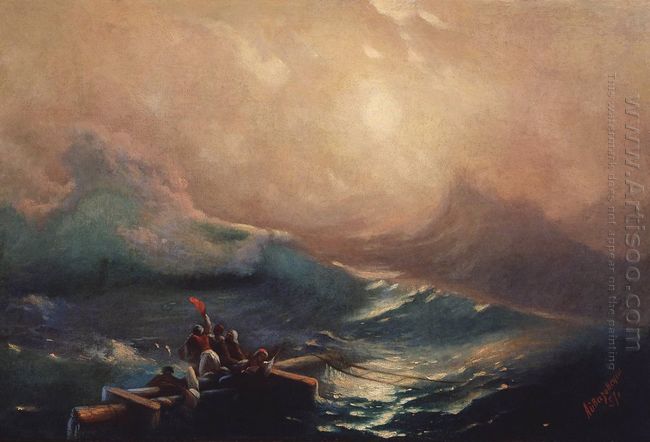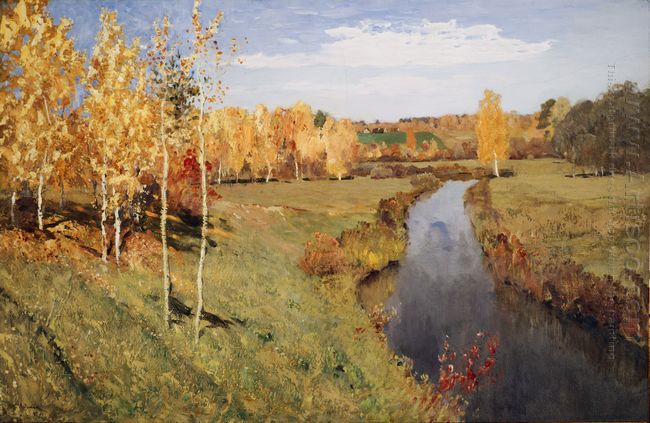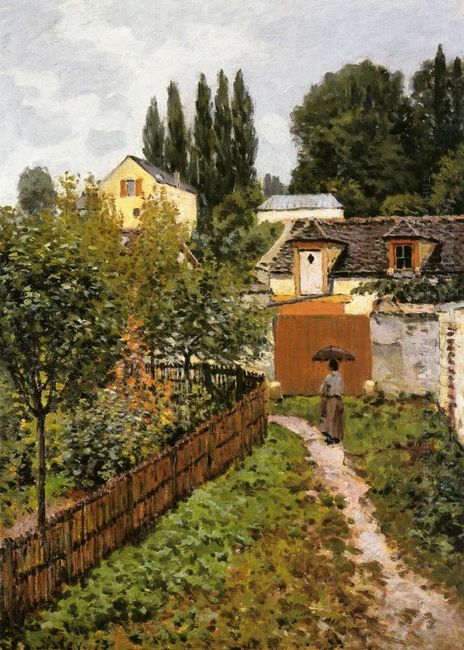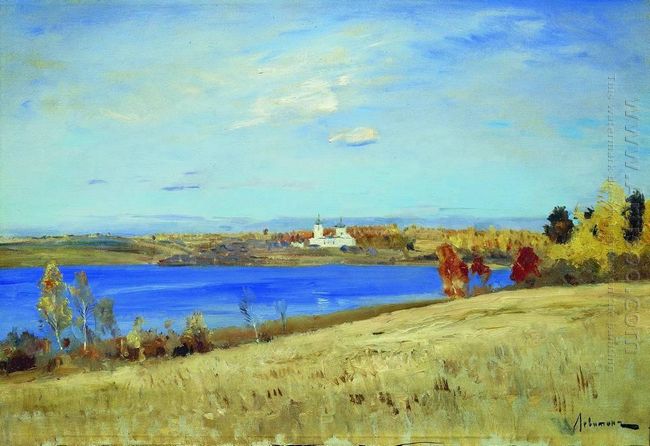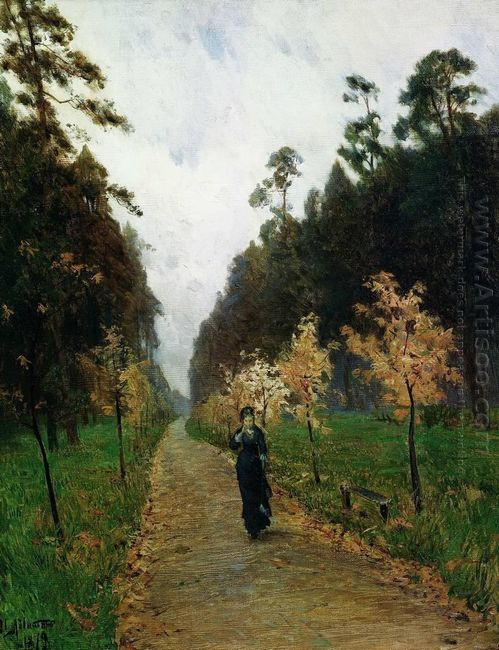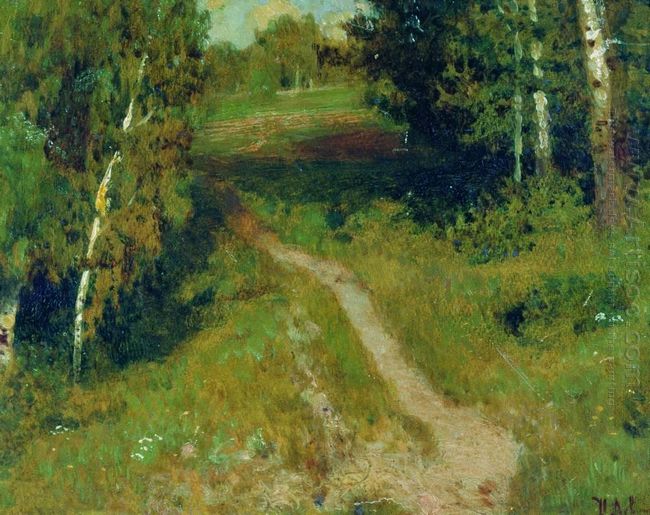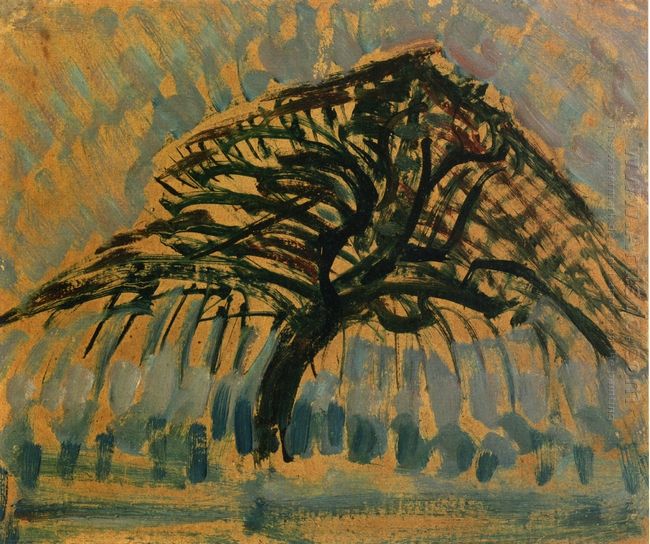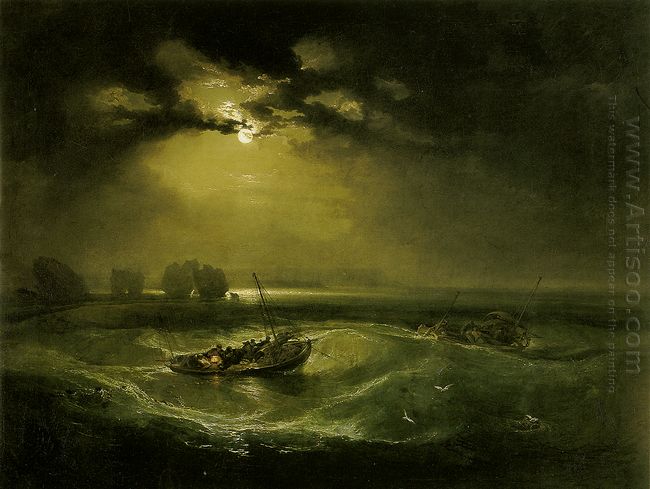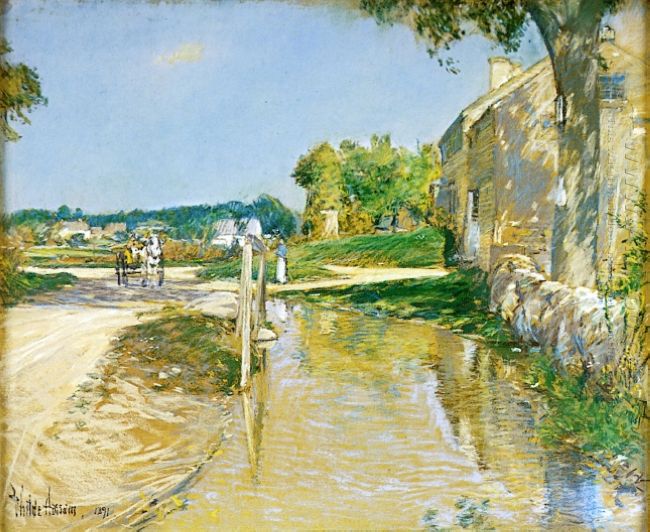The Poplar Avenue at Moret Cloudy Day Morning was made by Alfred Sisley in 1890, which is regarded as a representative work of his later paintings. Though famous but not known, admired but little
colors to depict this color-saturated work, producing beautiful eye-catching colors. By using warm colors, Sisley added radiance and beauty with the bright golden yellow to the whole painting, showing the quiet and peace of traditional activities of countryside. In this painting, vivid collision is made by different colors and brush strokes.
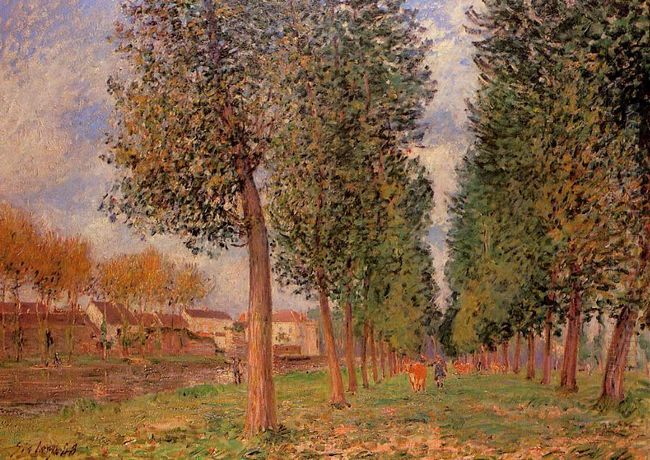
Throughout Sisley’s life, he devoted his time to the creation of landscape paintings, producing some 900 oil paintings, some 100 pastels and many other drawings that strongly invoke atmosphere. His artworks are described as “almost a generic character, an impersonal textbook idea of a perfect Impressionist painting” by art historian Robert Rosenblum.
